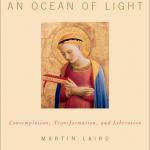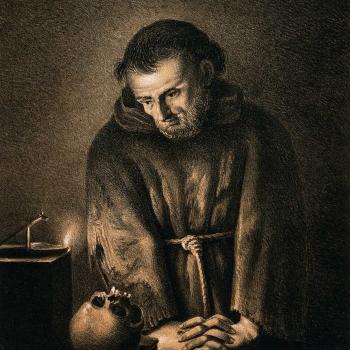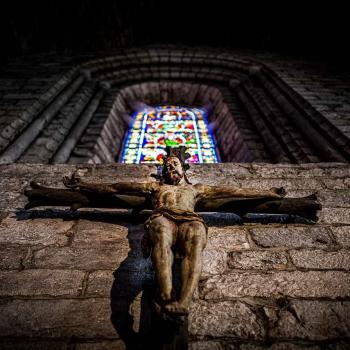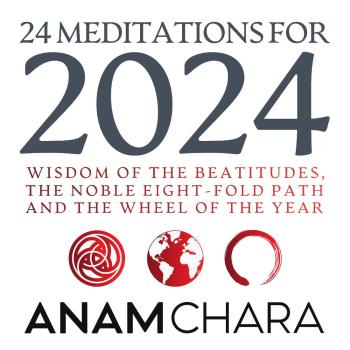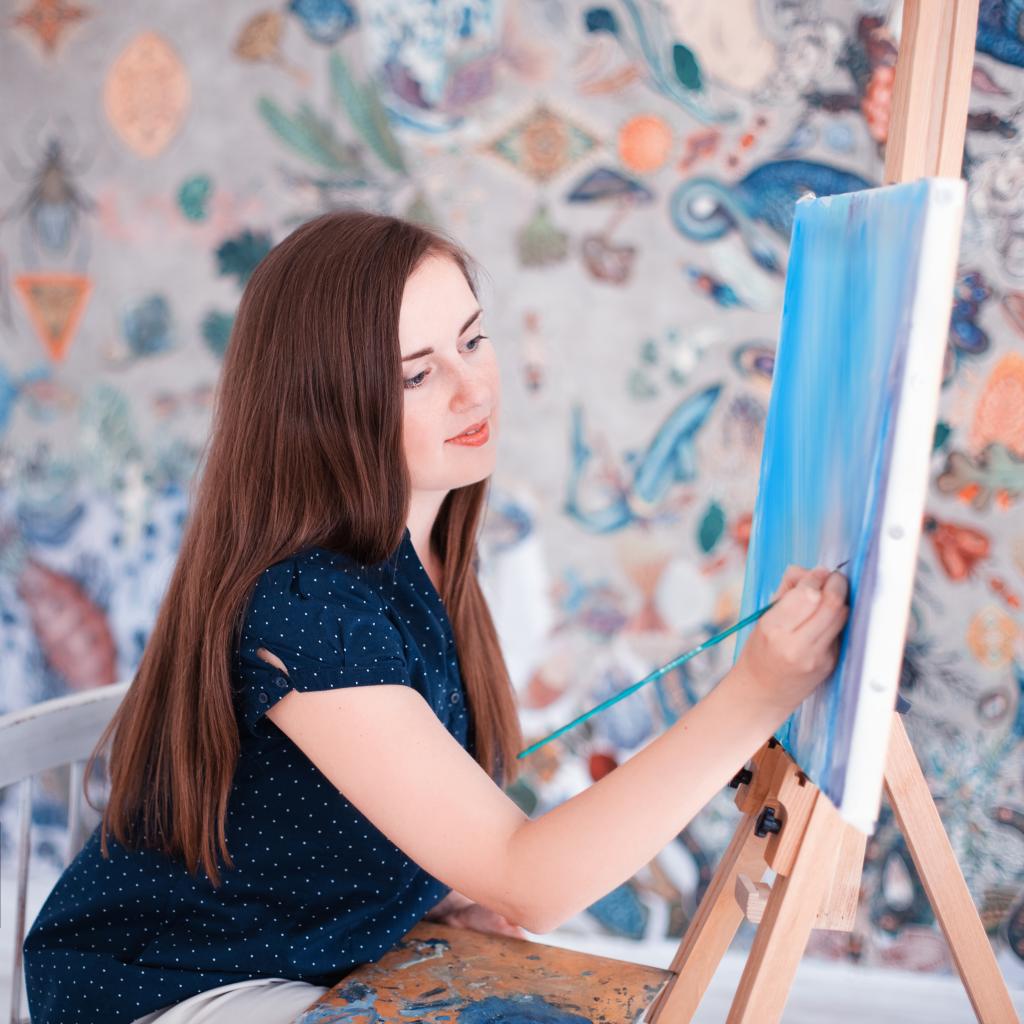 I’ve been thinking about the relationship between contemplation and creativity.
I’ve been thinking about the relationship between contemplation and creativity.
This is inspired in part by the many contemplatives who are also artists. We see this in the past — think of William Blake, or Johann Sebastian Bach, or of course poets like John of the Cross and Thomas Merton. It often seems that a contemplative personality or philosophy goes hand in hand with a gift for one more forms of creative expression.
Evelyn Underhill certainly understood this. She writes in her brilliant book Mysticism about the essential relatedness of art and spirituality. She writes,
Mysticism, the most romantic of adventures, from one point of view the art of arts, their source and also their end, finds naturally enough its closest correspondences in the most purely artistic and most deeply significant of all forms of expression.
Underhill very much had a neo-Platonic world-view: God is the fountain and source of all goodness, truth, and beauty; therefore any art that deserves the name must in some way be drawing its meaning and splendor and value from this Divine fountain — even if the artist is an atheist. Mysticism, “the art of arts” simply represents those individuals who most fully and consciously are immersed in that sacred source. An artist, to Underhill, was a “partial mystic” — someone who became immersed in the Divine for the purpose of expression or creativity.
A century later, I think we can be a bit less chauvinistic than Underhill and celebrate art and mysticism — contemplation and creativity — not in a hierarchical way, quibbling over which is the “higher,” but rather acknowledging that they both reach deep into the heart of God to bring inspiration, purpose, vocation, and expression into the life of mortals. The pure contemplative is rather like Mary, perpetually rapt at the feet of Christ, whereas the pure artist is rather like Martha, no less in relationship with the Lord but living that relationship in terms of outward creative expression.
But, of course, the “pure Mary” and the “pure Martha” don’t really exist, do they? We are all part-Mary and part Martha. Therefore, it seems to me, to be a contemplative means to be a creative — and vice versa.
Sure, I suppose one could aspire to be an artist without any regard for the elements of contemplation: patience, wonder, silence, waiting, unknowing, embracing the mystery — but I honestly wonder how long this person’s creative fires will burn. It seems to me that art without contemplation would quickly devolve into mere (and uninspired) craftsmanship.
On the other hand, one could be so inspired by a pure vision of seeking Divine Union that any effort to express that vision would be seen as a waste of time. But this sounds like disregarding “love your neighbor” in an effort to more fully “love God” — a misguided, even if well-intended, project. For God calls us to both expressions of love: we love God, in part, precisely by loving our neighbors. And one of the ways we love our neighbors is by communicating with them. And art, at its heart, is communication.
Incidentally, this also applies to art created purely for self-understanding or insight: keeping a private journal, for example. Remember, we are to love our neighbors as ourselves. When I create something, even only as an expression of self-care, I am simultaneously exercising love for God.
In our time, we have a number of contemplative poets, writers and artists who in different ways explore the nexus between mysticism and creativity. Mary Oliver, James Behrens, Julia Cameron, Christine Valters Paintner, and Patrick Shen leap to mind. Each one knows that the very practices we need to cultivate a contemplative heart are, at the same time, essential practices for cultivating creativity. If you want to be an artist, do the work of being contemplative. And vice versa.
Jacob Nordby, in his delightful book Blessed Are the Weird: A Manifesto for Creatives, includes “mystics” in his categories of weird creative folks. He writes, “Most painters, writers, poets, troubadours, misfits and heretics are mystics to some degree. The act of creation is mystical and we often cannot explain exactly how inspiration comes to us.”
One last thought. I do think there is a danger in seeing either artistry or contemplation in instrumental ways — in other words, “I will practice contemplative silence in order to become a better artist” or so forth. Sure, the practices of contemplation are tools every artist could benefit from — but contemplation is its own end, never a means to another. I think you could say the same thing of art. We are all part Mary and part Martha — let us avoid the temptation of seeing one sister as the servant of the other. Each has her own dignity and purpose, independent of the other. And yet they are sisters: each nurtures the other as well.
Enjoy reading this blog?
Click here to become a patron.



